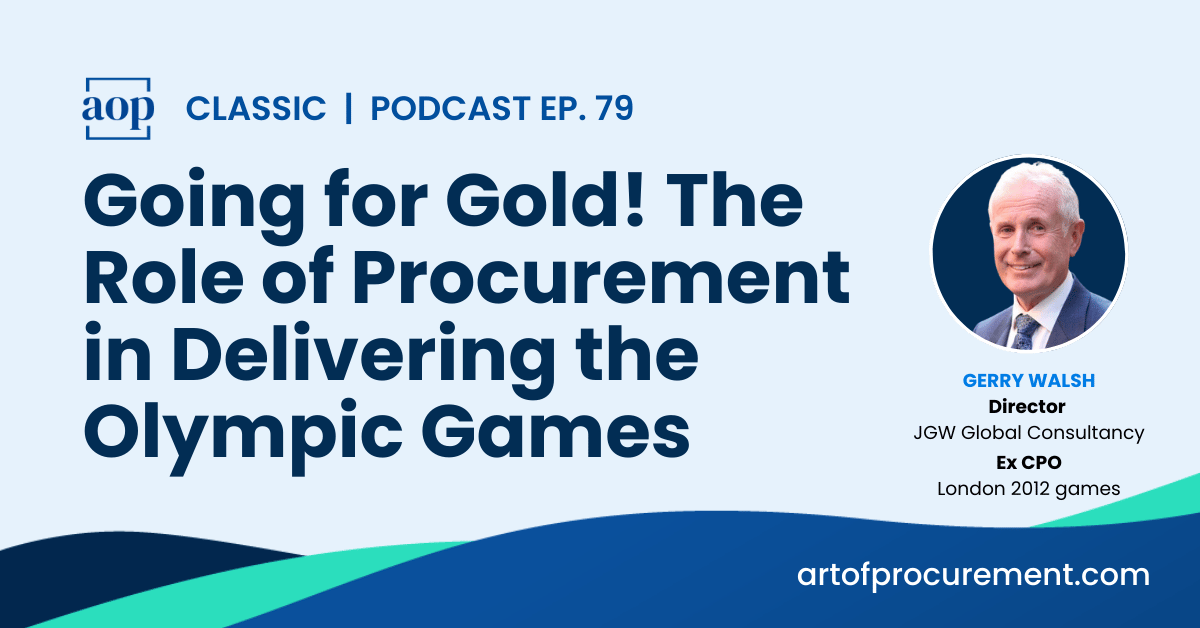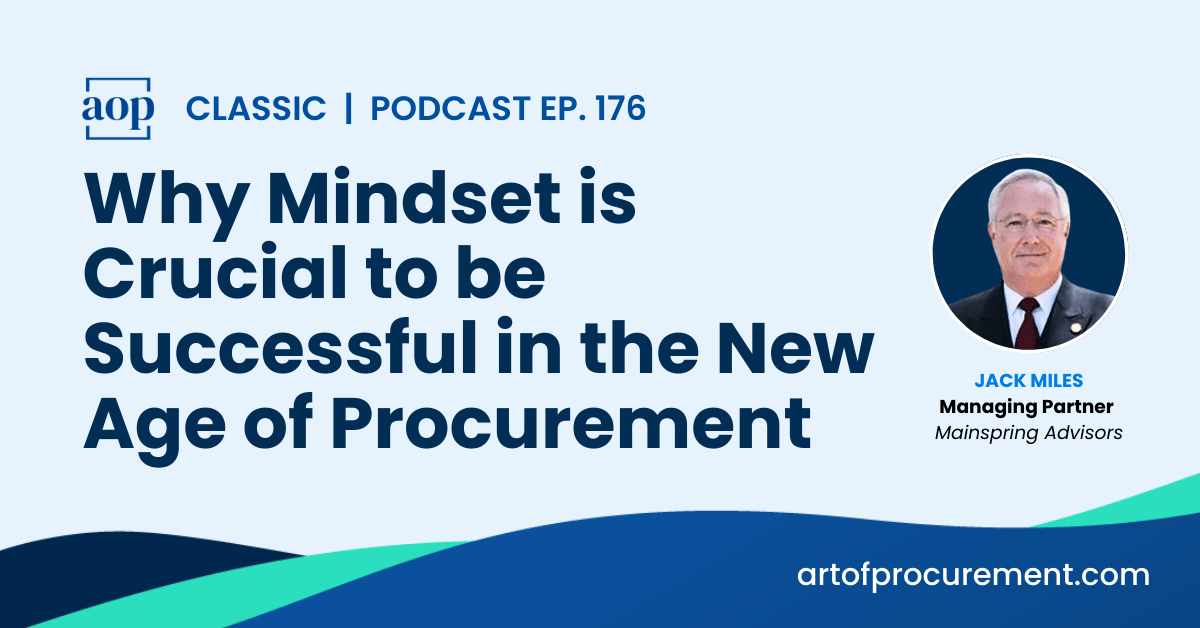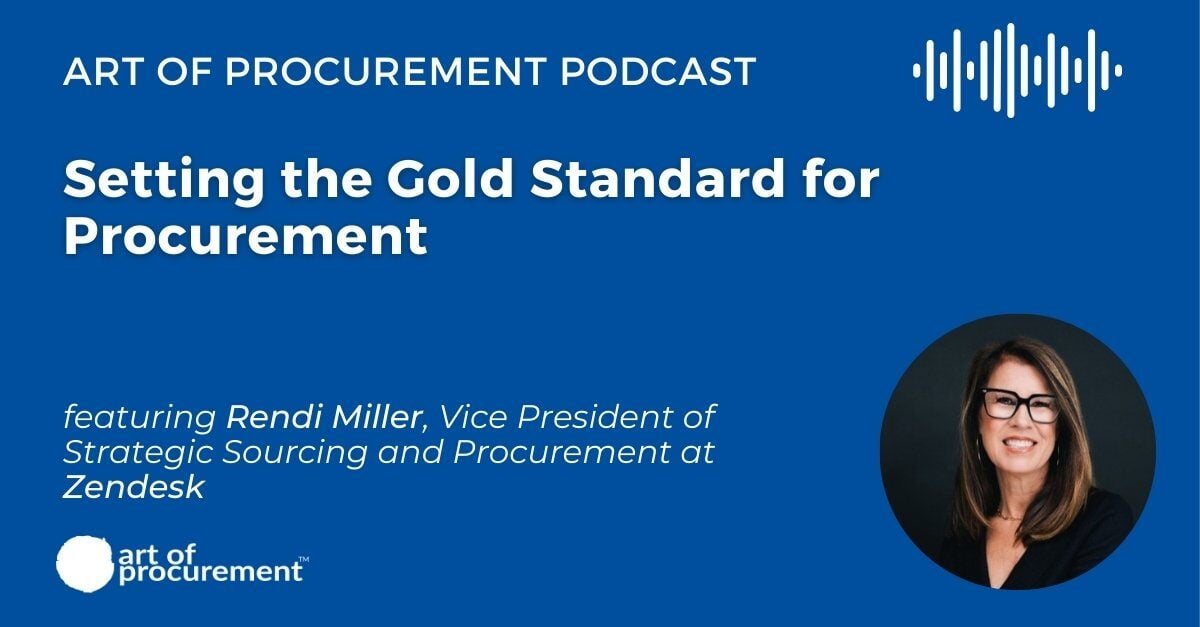
According to the Procurement 2021 Pulse Check by WNS Denali and ProcureCon Europe, only 9% of CPOs are satisfied with the current level of stakeholder alignment in their organization.
9%. In 2021.
I was so surprised by that number that I decided to dedicate this episode of the podcast to it.
Anecdotes from WNS Denali and ProcureCon Europe’s face-to-face interviews suggest that the biggest problem is not necessarily alignment on one-off projects, but staying engaged beyond individual projects. It is the old reactive vs. proactive conundrum; how do we proactively align our capabilities with the needs of the business WITHOUT being subservient to them? A procurement team that does everything the business asks will be 100% aligned, but probably won’t deliver any savings or value. That is definitely not the goal. We’ve been handed a complex problem to be sure.
The report suggests that 38% of respondents are fine with the status quo on business alignment – and good luck to them – but 62% plan to invest time or cash to improve stakeholder alignment going forward. Their tactics fit broadly into four categories:
- Increase investment in talent and capability building
- Invest in knowledge management
- Continue to invest in digital transformation
- Invest in an updated operating model – this one really captures my imagination.
At AOP, we’ve been advocating for an updated procurement operating model for years. Now, in part because of COVID, this idea is becoming a reality.
Digging deeper into the Pulse Check report, we find that just over 1 in 10 of large enterprise CPOs are satisfied with their current procurement operating model. That matches my own observations based on conversations with CPOs of midsized companies. They tell me operating model design is becoming increasingly important, although it means different things to different teams based upon where they are on their procurement maturity journey.
Alignment doesn’t necessarily equal positive feedback from stakeholders. Stakeholder groups may tell you that you are doing a good job because they don’t really know what to expect from procurement. Survey them, interview them, run focus groups. Bring in an outsider to have those conversations if you think it will help stakeholders be more open. Much like baselining current costs at the start of a sourcing project, this will make the strategy and execution phases of establishing a new operating model easier by helping you prioritize alignment from the beginning.
In this podcast, we’ll explore the differences between what the alignment journey and the corresponding operating model changes mean for small, mid-sized, and larger companies, as well as the solutions to be considered. As you listen, think about how aligned YOUR procurement function is with the business and what you might do to address it.
Subscribe to Art of Procurement
Apple | Stitcher | iHeart Radio | Email






